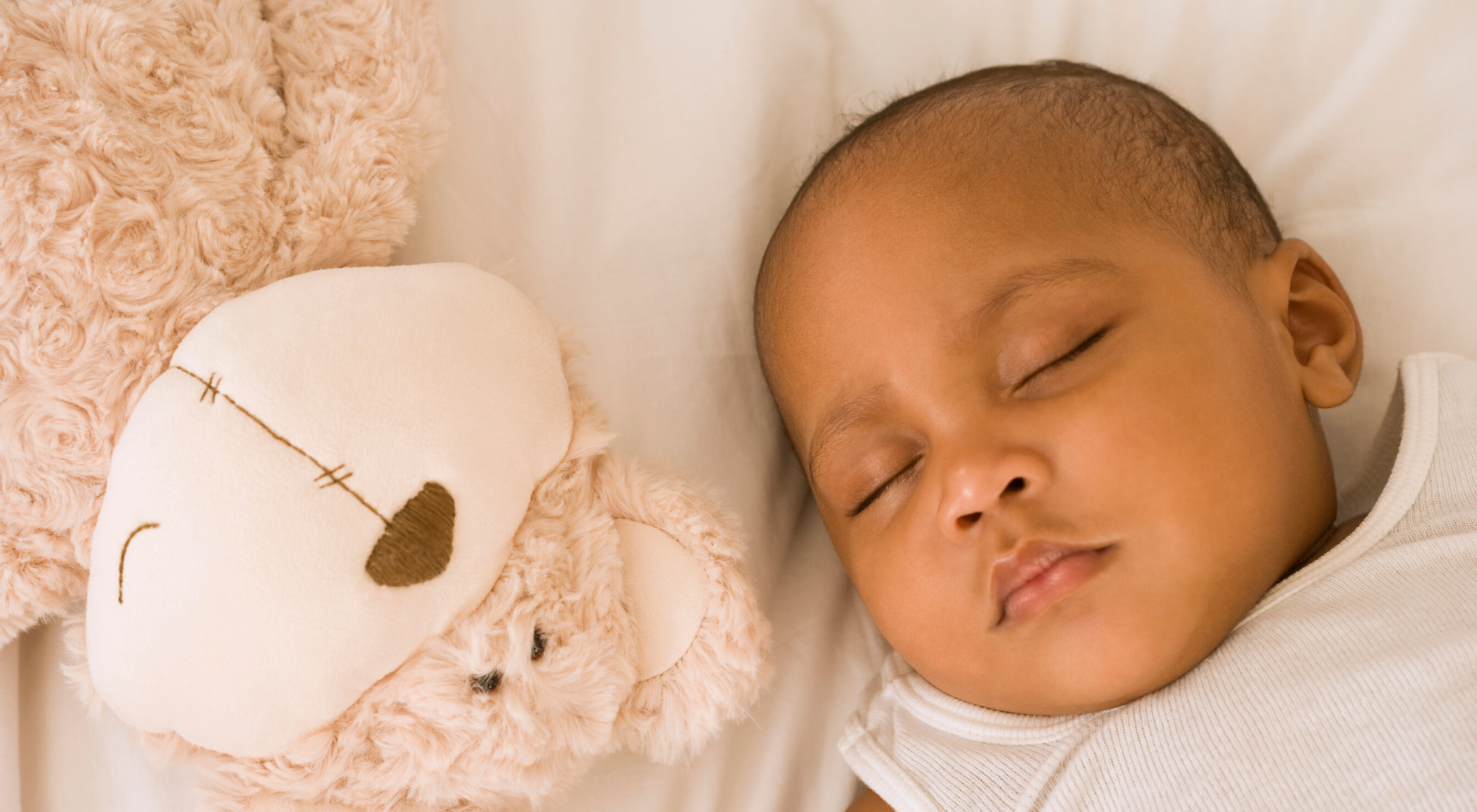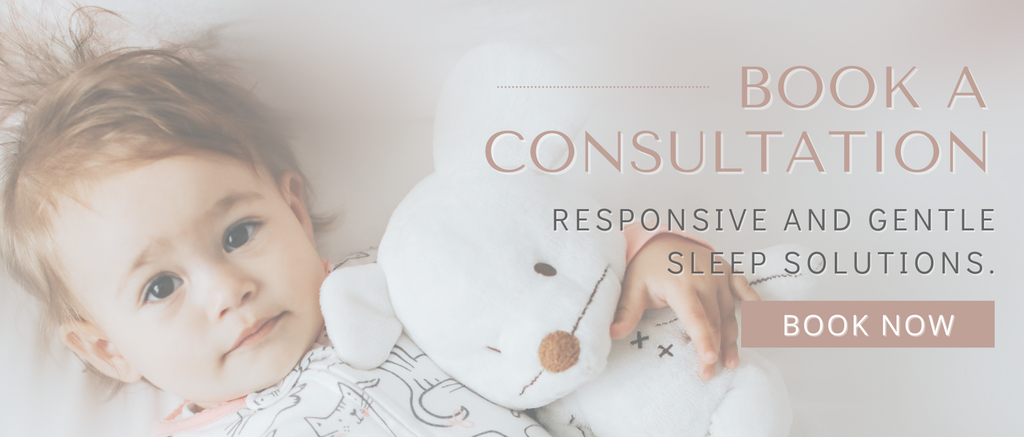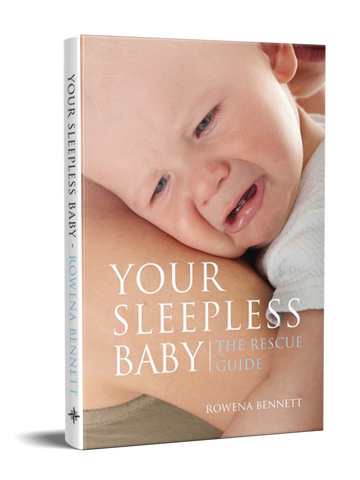
The Key to a Well-Rested Baby: Understanding Sleep Cycles
By Rowena Bennett, RN, RM, CHN, MHN, IBCLC • Updated June 2020
It can be hard to keep up with the many changes your baby will go though. Find out what happens during sleep; what age babies sleep through the night; how many naps are normal; and how babies’ sleep needs change as they grow.
Sleep patterns
Sleep may seem like a steady state that carries us through the night, but our sleep actually consists of sleep cycles which repeat many times throughout the night. Each sleep cycle, which comprises of 5 different stages of sleep, is separated by a brief awakening. (Most often, by morning we can't remember having woken).
Although our sleep patterns follow a similar pattern, each person's sleep pattern may be slightly different. Our individual sleep patterns, which are controlled by our circadian rhythm (internal body clock), can be influenced by internal factors e.g. our age and external factors such as; our daily routine, sleep deprivation, stress and the sensory cues we receive from our environment.
Sleep cycles
Although a sleep cycle involves all of the stages above, the word cycle may cause confusion, as stage 5 - REM sleep does not immediately follow stage 4. A sleep cycle follows this type of pattern; awake, stage 1, 2, 3, 4, 3, 2, REM. It may be easier to picture the different stages as progressing like the waves of a roller coaster.
One sleep cycle lasts around...
- 20 to 40 minutes for newborns
- 30 to 60 minutes for infants
- 40 to 90 minutes for children
- Approx. 90 minutes for adults
During our sleep, sleep cycles repeat themselves in recurring (or cyclic) manner. For a child, sleep cycles may be repeated between 7 to 9 times during the night and 1 to 3 times for daytime naps.
The progression of your child's sleep cycles can be negatively affected by...
- Sleep deprivation
- Frequently changing feeding and/or sleep schedules (see Your child's body clock)
- Stress
- Changes to the environment
Stages of sleep for babies
A sleep cycle consists of 5 stages, 4 of which are the varying stages of Non-REM sleep, followed by a REM (rapid eye movement) sleep period.
Non-REM sleep
Stage 1
This is when your child slips from drowsiness into a light sleep. As she starts to relax her eyes roll and eye lids droop; her mouth may open and close; and her breathing becomes more regular. She is less aware of her surroundings then she was a few minutes ago, but she can be easily woken by movement or a sudden noise (even a whisper). This stage lasts about 5 to 10 minutes.
Stage 2
Your child is now in a light sleep stage. Her heart rate slows and body temperature decreases. She may make grunting noises, twitch, jerk her limbs or smile. She is becoming even less aware of her surroundings. However, she can be easily aroused and may startle or jump or you move her OR make a sudden loud noise. Some babies will progress into the next stage, a deep Non-REM sleep, quite quickly while others may take up to 20 minutes.
Stages 3 & 4
The only difference between stage 3 and 4 Non-REM sleep is the depth of sleep. The difference between these two stages can only be seen by measuring brain activity on a polygraph machine.
Your child is now deeply asleep. In this very relaxed state; her breathing is slow and regular; her muscles are relaxed; and her arms and legs are limp. It's very difficult to arouse your child from this state. If woken she would be slow to react and will normally easily fall back to sleep.
Stage 5 - REM sleep
REM (rapid eye movement) is a light sleep stage where dreams occur. REM sleep is often referred to as active sleep because it involves increased brain activity. It's believed that our body carry out most of its repair work during this time. Blood flow to our brain is increased, which for a child helps their brain to grow.
It's also during this sleep stage that the growth hormone is secreted. This hormone encourages growth in children and assists with the healing of muscles in adults. Growing infants and young children spend around 50% of their total sleep time in REM sleep, compared to 20% for adults.
During this sleep stage; your child's heart rate and breathing speed up and becomes erratic; her face, fingers and legs may twitch; and her pupils can be seen moving under her eye lids. She can be easily be woken from this light sleep stage. When parents observe these movements, many think their child is about to wake up and may pick their child up. However, despite these movements your child is truly asleep and should not be woken from this important sleep stage.
Awakenings
Each sleep cycle is followed by a brief awakening (which is essential to our survival). If when we wake everything is how we expect it to be i.e. nothing has changed since we fell asleep, we will quickly fall back to sleep (and often don't even remember waking). This is the same for your child.
A child will often wake fully between sleep cycles and not return to sleep because their sleep environment has changed since they fell asleep. For example a child may have fallen asleep in a parent's arms and awakens between sleep cycles to find herself in her crib with the parent missing. (See Sleep Associations for more information). Many children become quite upset (or extremely upset) to find this change, and will cry or call out for their parent to return.
Waking between sleep cycles is very normal! Because your child has woken doesn't necessarily mean she has had enough sleep.
Written by Rowena Bennett
© Copyright www.babycareadvice.com 2024. All rights reserved. Permission from author must be obtained to copy or reproduce any part of this article.
Your Sleepless Baby book
In my book, ‘Your Sleepless Baby: The Rescue Guide’, I explain how babies sleep; how parents influence their baby’s sleep; and the type of support babies require from parents to sleep well.
Information is provided on a range of effective solutions to various infant sleep problems, including those related to sleep associations. There are step-by-step instructions for each problem and solution. Included are recommendations on how to make bed-sharing work, and 6 ways to encourage baby to sleep independently in a crib. There are options that range from gradual methods, which minimize baby’s upset, through to quick methods that are more upsetting for baby in the short term but which resolve any distress associated with chronic sleep deprivation much sooner.
There is also information on how to identify and manage the many medical, behavioral and developmental reasons for infant sleep problems including circadian sleep problems (the second most common cause of infant sleep problems).

